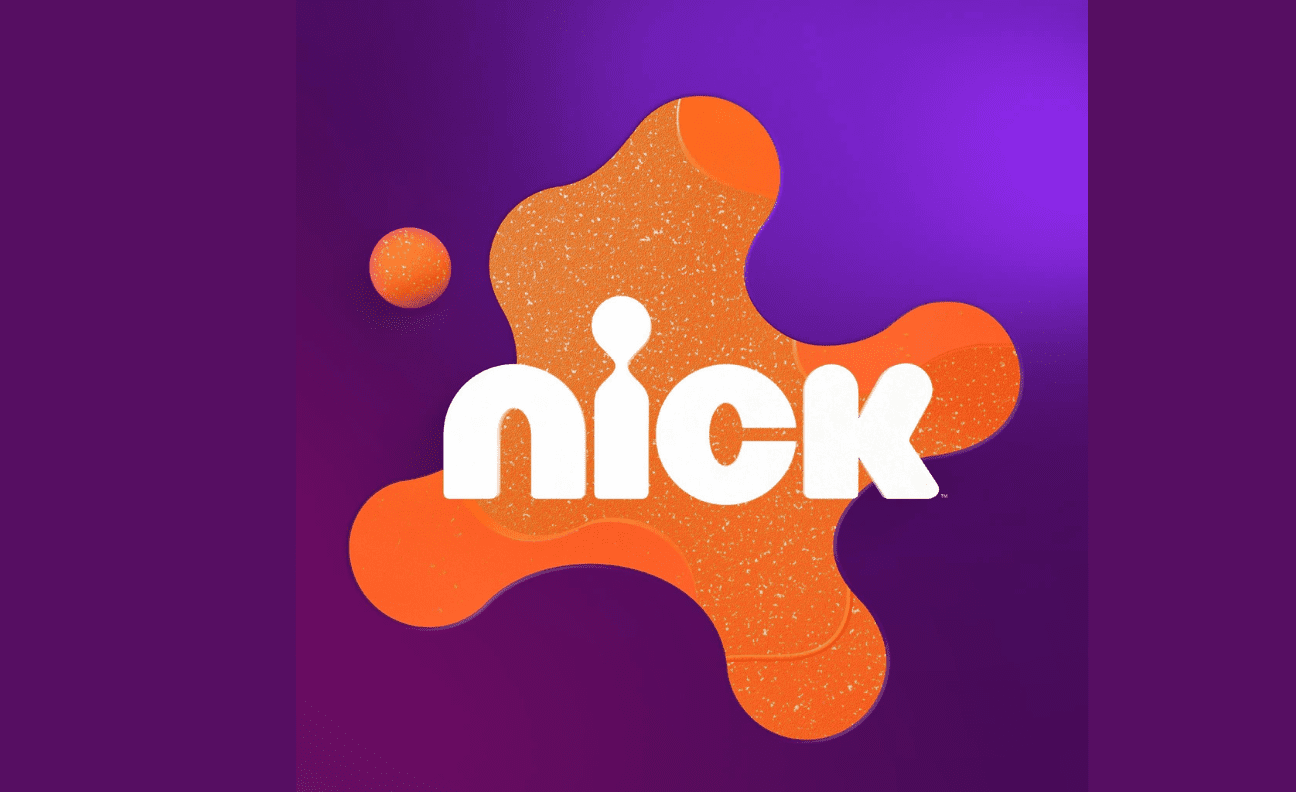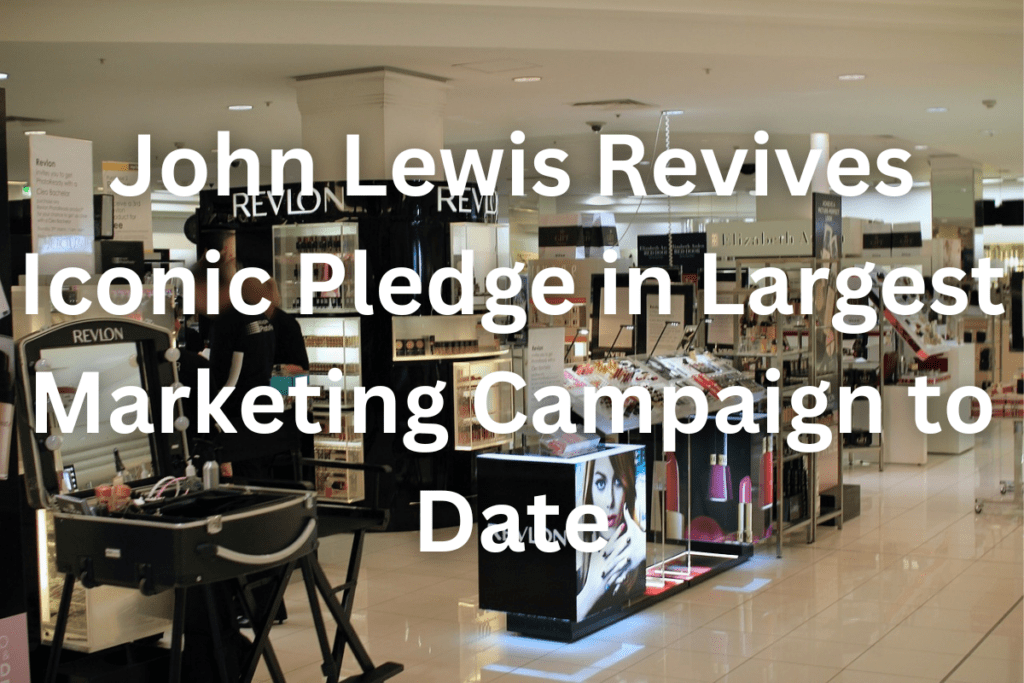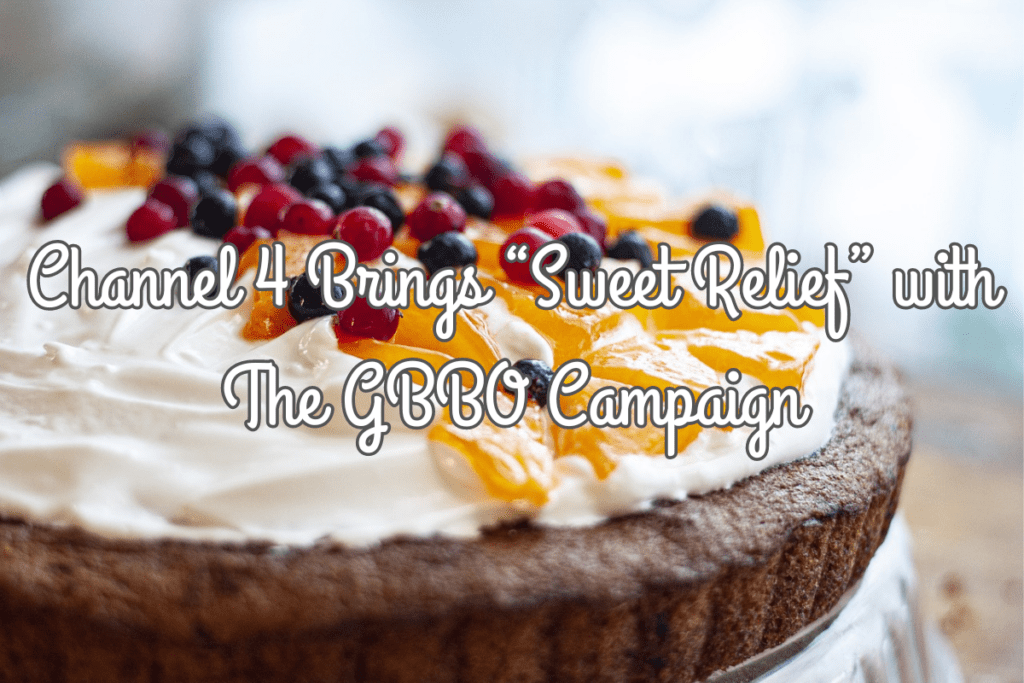If you were a child during the 1980s or 1990s, you likely have happy recollections of Nickelodeon’s famous orange ‘splat’ logo. The well-known and iconic branding is often associated with programming suitable for children, along with enjoyable entertainment in general.
But now, after 14 years, the channel has finally unveiled a new look, and despite the changes, it still maintains the nostalgic appeal that we all love and appreciate. This blog post will explore the new branding and why Nickelodeon decided to take a trip down memory lane.
Nick’s new branding campaign
Nickelodeon has successfully incorporated its nostalgic past into modern branding. The soft and round orange splat has returned, with a renewed warm and inviting appearance. The company’s research showed that its legacy identity was strong, which led to the decision to reintroduce the iconic logo. The updated design is recognisable as similar to the one from the 1980s, yet also feels new and relevant to present-day viewers.
Nickelodeon’s rebranding campaign includes a series of advertisements that present Nickelodeon as a gateway to exciting and enjoyable experiences. The advertisement’s first spot, named Quartet, depicts a bored child at the dinner table who discovers an orange blotch on the ceiling. As additional spots appear, they each serve as a portal for transporting a child to a new fun and adventurous world.
Additionally, the campaign, which also includes exciting animations, like an inflated version of the logo, involves six agencies in total, including Roger and CALLEN.
Production card for ‘Nickelodeon Productions’.
— Cartoon News Network (@CCNCartoonNews) March 4, 2023
It shows the new splat logo design. pic.twitter.com/09u4NraDoM
How has the nostalgia trend impacted the new branding?
Nickelodeon’s new look taps into the nostalgia trend, which has resonated and is highly popular with Gen Z audiences. Younger viewers see nostalgic brands as having authenticity, which gains their attention and makes them more appealing.
Furthemore, the channel has a long history of embracing and celebrating both the joys and challenges of childhood, with the new branding serving to further emphasise this theme. The brand now offers more outrageous fun than ever before, which coincidentally is also perfectly reflected in its new look.
How has the new branding been received by viewers?
It would certainly seem that Nickelodeon is still in touch with what’s hot right now, as audiences have positively responded to the new branding, with several fans having taken to social media to express their enthusiasm.
For many, the orange splat is a nostalgic reminder of their childhood, and the memories they made with friends and family when watching Nickelodeon and their favourite shows. The new look combines both past elements, with a new modern style, to appeal and keep up with current audiences.
Overall, it is a great illustration of how a brand can develop and grow while remaining authentic to its origins.
What could this mean for Nickelodeon in the future?
The new branding is likely to have a positive impact on Nickelodeon’s future. It will help the channel engage more effectively with its target audience, as well as further establish it as one of the most popular children’s television brands in the world.
Also, this nostalgic approach could prove invaluable when integrating old and new content for the channel. It may also indicate a shift in focus to create content that is both entertaining and educational, emphasising the importance of learning, along with inspiring new generations of viewers.
In summary
Nickelodeon has launched a new branding that invokes feelings of nostalgia and embodies the experience of being a child. The channel has created a new look that appeals to both old and new fans by not only refreshing, but still referencing, its past identity.
The orange splat has made a comeback that’s now it’s even better than before. It works as a gateway to a world filled with fun and adventure that whisks viewers away to new and thrilling experiences.
Finally, Nickelodeon’s new branding is proof that the company remains popular and dedicated to providing fun and enjoyment for audiences of all ages for years to come.









